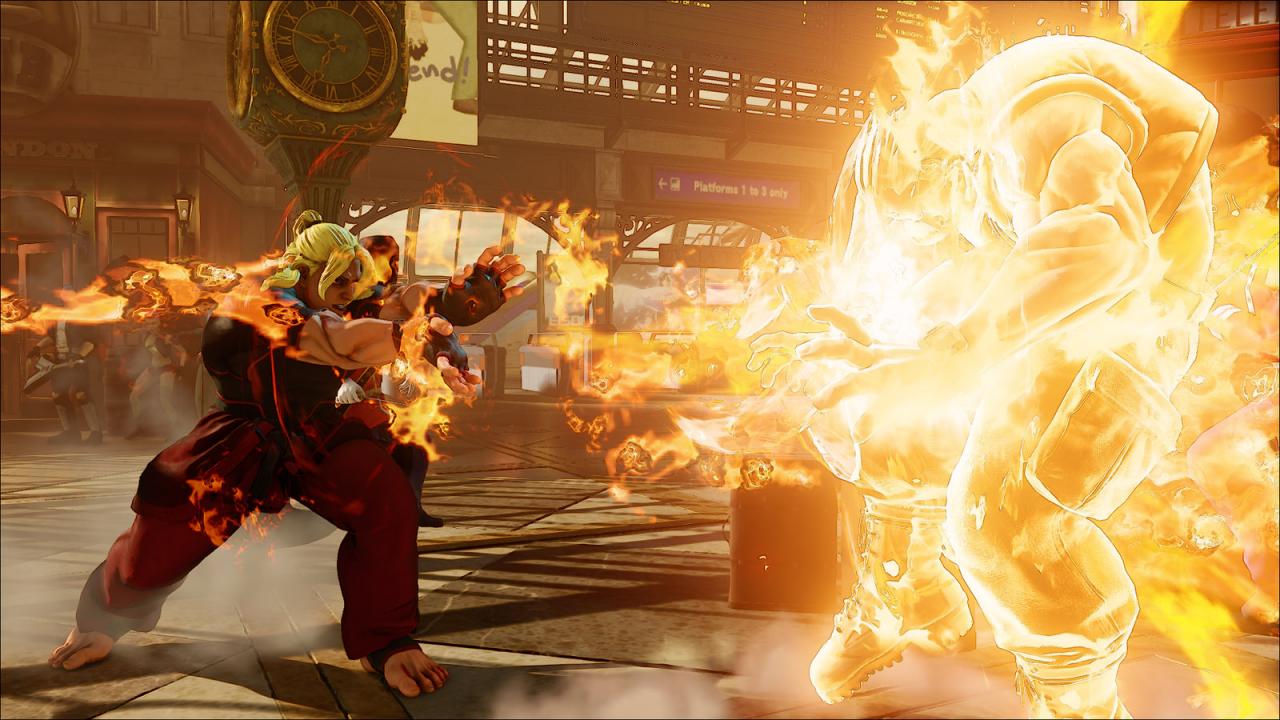Skullgirls got it going on
Frames count. Microsecond delays between the push of a button and when that action is carried out can make or break a fighting game. After all, if you can’t trust the game to respond when you need it to, what’s the point? It can take a highly skilled competition and turn it into a dice roll.
This video from YouTuber Battle(non)sense dives deep under the hood of some of the most popular fighting games in the industry to figure out exactly how each game handles the reality of input and network lag. The results might surprise you.
Gotta give it up for the little guy, indie favorite Skullgirls handles input delay and online lag the best. That’s not too shocking given its well-known implementation of the GGPO rollback system that seems to be the best way to handle online matches. What is surprising though is just how badly SFV handles input delay in every scenario. Even in a single-player match with V-sync disabled (a system tweak that requires players to dive into .INI files), SFV loses out to MKX, Skullgirls, and even its predecessor, Ultra SSFIV. The tests were performed on the PC too, so MKX was marked without the benefit of recent netcode improvements on the console versions which likely would have made the disparity even more apparent.
I’m getting really worried for SFV. As a lifetime Street Fighter fan and someone who plugged hundreds of hours into SFIV, I want to see the game succeed, but it seems like the news just gets worse and worse for it.
Thanks to community member Lex for sending this in, always appreciate tips from the community!


